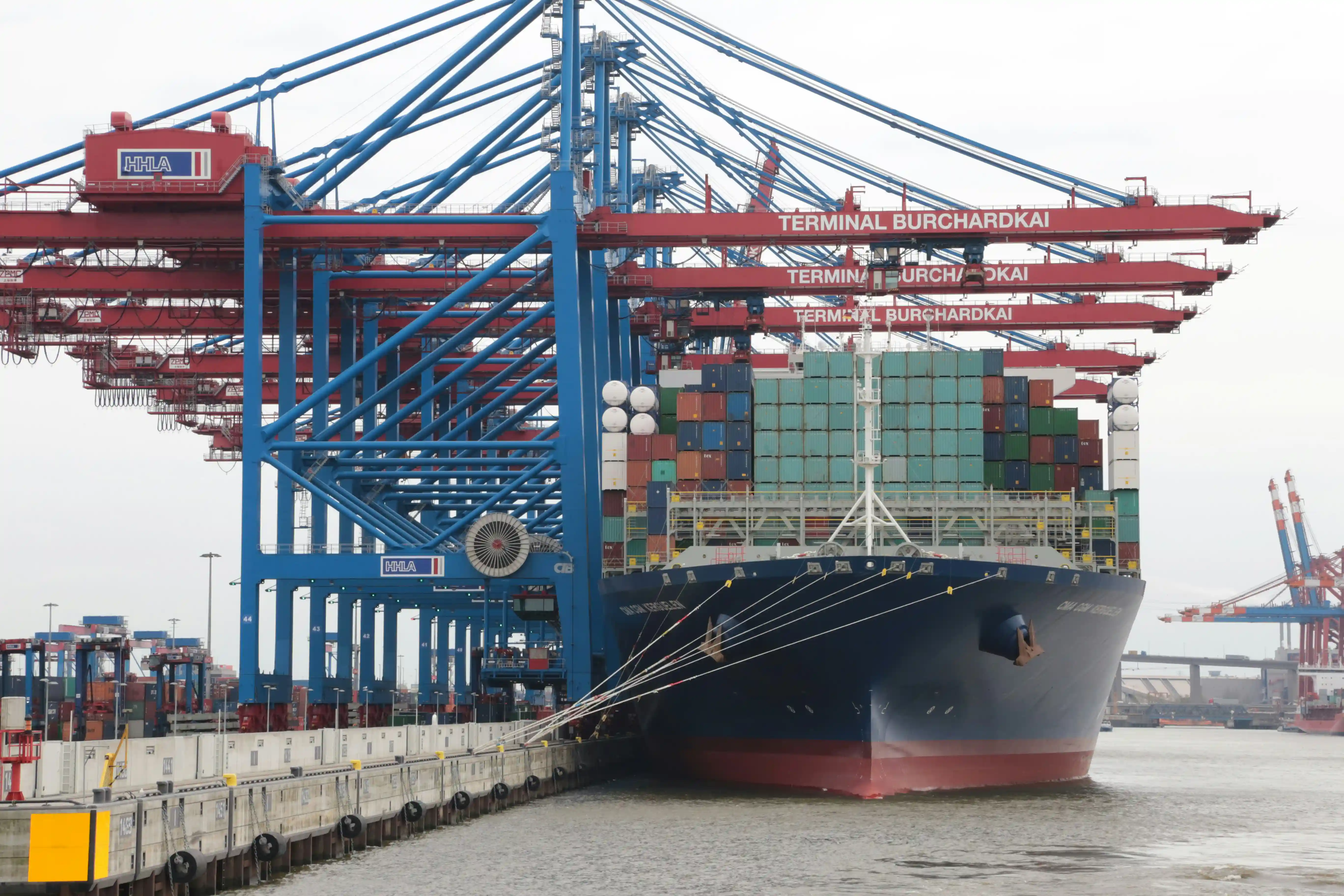Supply chain disruptions and global events have played a significant role. The COVID-19 pandemic, for instance, caused delays and price spikes. Urban planners must navigate these challenges to ensure project viability.
Demand for new constructions and renovations has surged. This increased demand has driven up the cost of lumber. Planners need to consider alternative materials to mitigate these costs.
Environmental factors also impact timber supply. Climate change, wildfires, and pest infestations affect availability and quality. Sustainable forestry practices can help stabilize prices and supply.
Urban planners have a pivotal role in promoting eco-friendly building practices. By understanding lumber price trends, they can make informed decisions. This knowledge supports the development of resilient, sustainable urban environments.
Understanding Lumber Price Volatility: Key Drivers
Lumber price fluctuations are not random but driven by multiple factors. Urban planners must grasp these to forecast project expenses accurately. Comprehending the key elements helps in strategic decision-making.
Key drivers of lumber price volatility include:
- Supply Chain Issues: Transportation delays impact timely delivery of wood.
- Environmental Factors: Climate conditions affect logging seasons.
- Global Demand: International demands alter local market dynamics.
- Regulatory Changes: New policies can change supply patterns.
- Technological Advancements: Improved sawmill technologies can reduce waste and cost.

The COVID-19 pandemic exposed vulnerabilities in supply chains. Sudden shutdowns and labor shortages led to shipment delays. These disruptions caused significant price hikes.
Environmental regulations also influence lumber costs. Stricter policies ensure sustainable logging, but can limit supply. Urban planners should advocate for policies aligning with eco-friendly objectives.
Understanding the balance between supply and demand is crucial. The surge in home renovations increased demand, impacting prices. Urban planners should consider alternative deck materials during such spikes.
By analyzing these drivers, planners can adopt strategies that minimize project risks. Using this knowledge empowers them to integrate sustainable practices, ensuring cost-effective urban development.
The Impact of Supply Chain Disruptions and Global Events
Supply chain disruptions significantly impact lumber prices. When transport routes are compromised, delivery schedules face delays. These holdups lead to increased costs and supply shortages.
Global events play a pivotal role in these disruptions. Natural disasters, geopolitical tensions, and pandemics can all affect supply chains. The recent pandemic exemplified this by causing widespread shutdowns and logistical nightmares.
Urban planners should consider these events when estimating project timelines. By doing so, they can better plan for potential price surges. Understanding the dependence on global supply chains allows planners to seek out more stable options.
Key impacts of supply chain disruptions:
- Increased transportation costs
- Delayed project timelines
- Unstable lumber supply
- Price increases due to scarcity

Local sourcing can mitigate some of these issues, reducing reliance on global supply. Identifying nearby sawmills ("saw mill near me" or "sawmills near me") could provide more predictable access to materials. Urban planners should maintain strong supplier relationships to navigate these challenges effectively. By acknowledging these risks, they can develop more resilient procurement strategies.
Demand Surges: Urban Development, Renovations, and Construction Booms
In recent years, urban areas have experienced a significant increase in construction projects. This boom has contributed to a surge in demand for lumber. Such high demand naturally drives up prices.
Home renovations have also played a role. The rise in remote work led many homeowners to modify living spaces. New decks, for instance, became popular, increasing the need for deck materials like wood and composite.
Urban development requires massive amounts of lumber. Infrastructure projects, high-rise buildings, and new housing developments all consume vast resources. This increased consumption often outpaces supply, pushing prices higher.
Factors driving demand:
- Increased urbanization
- Home renovation trends
- Large-scale construction projects
- Expansion of infrastructure

To adapt, urban planners must forecast demand shifts accurately. Anticipating these trends can help manage budgets and sourcing. Considering alternative materials may also provide cost-effective solutions in periods of high demand.
Environmental and Climate Factors Affecting Timber Supply
The timber supply is highly vulnerable to environmental and climatic changes. Factors such as wildfires, drought, and pest infestations can drastically reduce available timber. These disruptions often lead to increased lumber prices due to scarcity.
Forests worldwide face severe deforestation, affecting biodiversity and timber availability. Poor forest management contributes to unsustainable harvesting practices, exacerbating these issues. Forests must be sustainably managed to ensure a stable supply of timber resources.
Climate change worsens existing environmental problems, intensifying storms and increasing temperatures. These impacts harm tree growth and regeneration, further straining the timber supply. As tree mortality rates rise, lumber production struggles to keep pace with demand.
Environmental challenges impacting supply:
- Wildfires and drought
- Pest infestations
- Deforestation and habitat loss
- Climate change effects

Urban planners can help mitigate these impacts. By advocating for sustainable forestry practices and considering the lifecycle of materials, planners can contribute to a more resilient timber supply. Prioritizing certified sustainable wood supports both conservation and construction needs.
The Role of Sawmills and Local Sourcing in Lumber Costs
Sawmills play a crucial role in shaping lumber prices. The proximity of a sawmill can affect transportation costs significantly, impacting the final cost of lumber. Urban planners should consider the location of sawmills when sourcing materials for development projects.
Local sourcing can reduce expenses associated with transporting lumber over long distances. By opting for nearby sawmills, planners can support regional economies while reducing carbon emissions from transportation. This approach aligns with sustainable development goals.
Choosing local sawmills can also promote better price negotiation. Sawmills near urban developments might offer competitive pricing due to lower logistics expenses. Collaborating with local mills ensures a more predictable supply chain.
Benefits of local sourcing:
- Reduces transportation costs
- Supports regional economies
- Minimizes environmental impact
- Enhances supply chain reliability

Engaging with local sawmills provides urban planners with insights into sustainable practices and innovations. These relationships ensure informed material choices that support both economic and environmental objectives.
Policy, Regulation, and International Trade Influences
Lumber prices are significantly affected by policies and regulations. Environmental regulations can restrict logging activities, impacting supply. In addition, land use policies often dictate the availability of timber resources.
International trade policies influence lumber prices through tariffs and trade agreements. These policies can either facilitate or restrict the flow of timber across borders. Consequently, urban planners must stay informed about global trade dynamics.
Economic factors, such as inflation, can further complicate the landscape. Economic shifts may raise the cost of importing or exporting lumber, affecting domestic market prices. Urban planners need to anticipate these changes to make effective material procurement decisions.
Influential factors in lumber pricing:
- Environmental regulations
- Trade policies and tariffs
- Economic fluctuations
- Global supply dynamics

Keeping abreast of policy changes enables urban planners to navigate the complex interplay between global trade and local construction needs. This awareness aids in selecting sustainable materials that align with economic and ecological goals.
Sustainable Forestry and Eco-Friendly Alternatives for Urban Planners
Sustainable forestry practices are essential for long-term lumber supply stability. By ensuring trees are replanted, forests can be maintained as renewable resources. This approach supports ecological balance while providing a steady timber supply.
Urban planners have the opportunity to prioritize sustainable practices in their projects. Using certified sustainable wood can significantly reduce ecological impacts. Additionally, eco-friendly materials such as recycled wood and composite decking offer viable alternatives.
The adoption of these alternatives can help mitigate the high cost of traditional lumber. While initially more expensive, sustainable materials often offer long-term savings in maintenance and durability. This lifecycle approach is crucial for responsible urban development.
Eco-friendly material options:
- Certified sustainable wood
- Recycled wood products
- Composite decking materials

Collaboration with local sawmills can enhance access to sustainably sourced lumber. By supporting local industries, urban planners can promote regional economies and reduce transportation emissions. These efforts contribute to a more resilient and sustainable urban future.
Deck Materials and Lifecycle Cost Considerations
Selecting the right deck materials is critical for balancing budget and sustainability. While wood decks are popular, they require regular maintenance and can be susceptible to rot. Evaluating the lifecycle costs of different materials helps in making informed decisions.
Alternative materials such as composite decking offer durability and lower maintenance. Although the upfront cost may be higher, these options often result in savings over time. Urban planners should consider durability, maintenance needs, and environmental impact when selecting materials.
By focusing on lifecycle costs, planners can ensure that urban projects are both cost-effective and sustainable. Incorporating these considerations into planning contributes to long-lasting, eco-friendly urban spaces.
Key deck materials:
- Traditional wood
- Composite decking
- Recycled plastic options

Strategies for Urban Planners: Navigating Lumber Price Trends Responsibly
Urban planners play a crucial role in shaping sustainable cities. Staying informed about current lumber price trends enables them to plan effectively. By integrating diverse strategies, they can navigate market fluctuations responsibly.
Exploring alternative materials is a viable approach. Planners should consider recycled and composite materials that offer eco-friendliness and cost efficiency. These options can mitigate the impact of volatile lumber prices on urban projects.
Collaboration with local sawmills can also provide cost-saving benefits. By understanding local supply chains, planners can reduce transportation costs and secure more stable lumber pricing. Supporting regional economies also aligns with sustainable development goals.
Education and advocacy are key. Planners should educate stakeholders about sustainable materials and their long-term benefits. Engaging communities fosters support for eco-friendly initiatives, ultimately resulting in resilient urban environments.
Strategies for planners:
- Diversify material sources
- Collaborate with local suppliers
- Educate stakeholders

Conclusion: Building Resilient, Sustainable Urban Futures
Lumber price volatility presents challenges, but also opportunities for innovation. By embracing sustainable materials and thoughtful planning, urban developers can foster eco-friendly cities. The integration of sustainability into urban planning is not just beneficial—it’s essential.
At Black Locust Lumber, we believe that durable, renewable materials like Black Locust wood play a key role in shaping resilient urban landscapes. Our mission is to provide architects, planners, and builders with sustainable solutions that withstand the test of time while reducing environmental impact. By prioritizing renewable resources and carbon-conscious building practices, we can help communities create healthier, future-ready spaces that balance cost stability with ecological responsibility.








